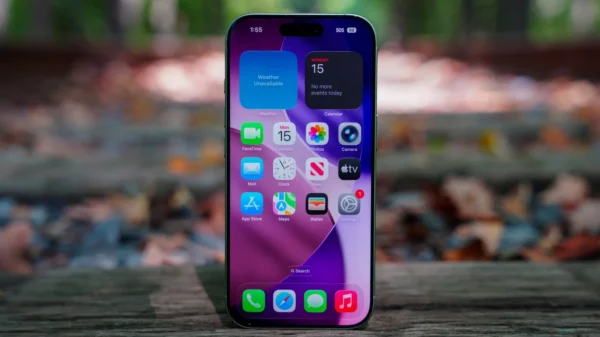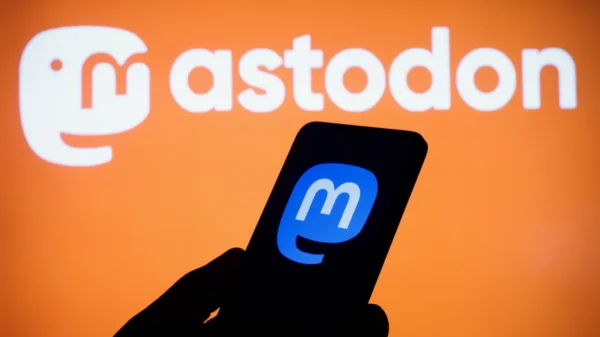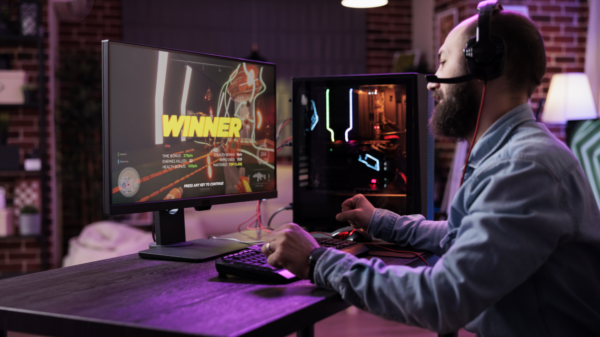It’s cheaper than ever before to experiment and learn about computer science with portable computers. The Raspberry Pi, first released in 2012 for $35, offered users, including hackers, an inexpensive way to work on innovative and unique projects and learn how to program on a system-on-a-chip. Since then, the Raspberry Pi Foundation have released several iterations of the device, lowering the price and increasing the computer’s capabilities, including 2015’s Raspberry Pi Zero, which had nearly all of the functionality of the original release for just $5.
The Raspberry Pi has been more successful than its creators had anticipated. The Raspberry Pi Foundation has sold millions of devices, most of which were purchased by hackers and other technology enthusiasts. Although the Foundation was originally created to provide low-cost, open-source computing to educational settings, most of the devices have been sold to adult hobbyists, according to Eben Upton, the founder of the Raspberry Pi.
The Raspberry Pi Foundation is now celebrating the fifth anniversary of their original release by announcing the Raspberry Pi Zero W, which adds the highly-requested feature of built-in wireless functionality to the Raspberry Pi Zero at the expense of doubling the device’s price. The new device includes similar specifications as the original Raspberry Pi Zero, except for the addition of the wireless chip from the Raspberry Pi 3 Model B, the Cypress CYW43438. This wireless chip adds support for 802.11n Wi-Fi connectivity and Bluetooth 4.0.
The original Raspberry Pi Zero was used in the creation of a wide variety of different projects that took advantage of the portable and versatile nature of the device. It has been used to create the world’s smallest arcade cabinet, a do-it-yourself electric skateboard controlled by a Nintendo Wii Remote, and even a virtual Wi-Fi enabled library for sharing e-books. Many of these projects depended upon an external Wi-Fi adapter to enable their wireless connectivity; now, with the release of the Raspberry Pi Zero W, users can enjoy a simpler and more streamlined method of connecting their computers to the Internet or to other devices.
Alongside the announcement of the Raspberry Pi Zero W, the Raspberry Pi foundation announced a plastic case for both the Zero W and Zero models. As Raspberry Pi computers come with no housing at all, a plastic case is useful for protecting the computer from the elements, including static electricity, which has the potential to short out the device’s components. Additionally, the plastic case can be used to mount a camera and comes with an aperture for GPIO, or General-purpose input/output.
Wireless connectivity isn’t the only feature the Raspberry Pi Foundation has added to the Zero model. Last year, the Foundation announced that they would add a camera connector to the Zero without increasing the price of the unit. This module enabled the creation of an even wider variety of DIY projects, like a submersible aquatic drone, a live-streaming flying drone, and a network of security cameras.
In addition to being a versatile tool for hobbyists, the Raspberry Pi has also become an indispensable addition to many computer science classes. Because the device runs on open-source software, is extremely customizable, and is cheap enough that it can be easily replaced if lost or damaged. The Raspberry Pi can be combined with Lego in order to teach students about modular computing, and the versatility of the device can be exploited to encourage students to develop creativity and problem-solving skills. Several schools hold competitions to judge the most exciting and original student projects, and many companies sell Raspberry Pi kits to make it even easier for students to start programming and tinkering with the device.
Featured image via Wikimedia
















































